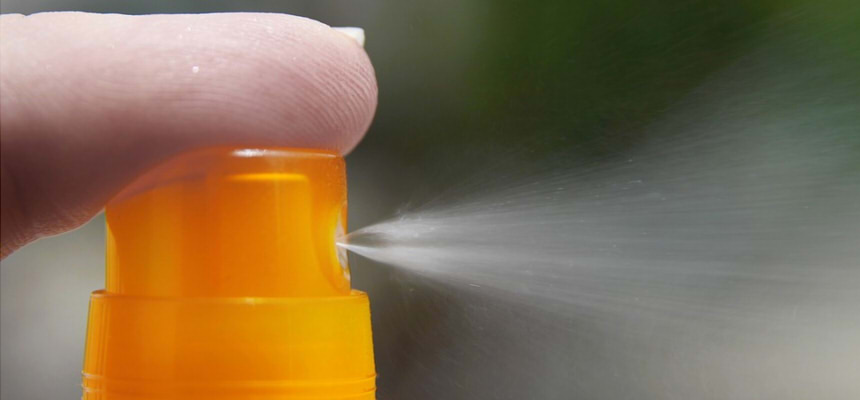Rabies must be zero by 2030

Dr.G.Sampath, Past President,Association for Prevention and Control of Rabies in India(APCRI) Member,Working Group,WHO Strategic Advisory Goup of Experts on Rabies (only member from India) explains about World Rabies Day, September 28 th , is the day of action and awareness for rabies prevention.
It is an opportunity to unite as a community and for individuals, NGOs and governments to interact and share their work.
 Created and coordinated annually by Global Alliance for Rabies Control (GARC), World Rabies Day focuses on rabies endemic countries, to increase community awareness of the disease and its prevention. World Rabies Day also raises the profile of national and local control programmes and acts as a springboard for year-round capacity building and awareness. Rabies is practically a 100% fatal disease and is a Neglected Zoonotic disease.
Created and coordinated annually by Global Alliance for Rabies Control (GARC), World Rabies Day focuses on rabies endemic countries, to increase community awareness of the disease and its prevention. World Rabies Day also raises the profile of national and local control programmes and acts as a springboard for year-round capacity building and awareness. Rabies is practically a 100% fatal disease and is a Neglected Zoonotic disease.
The theme for World Rabies Day 2017 is Rabies: Zero by 30. At the global conference on rabies elimination held at Geneva in December 2015, a common goal of “Global elimination of dog mediated human Rabies by 2030” was agreed upon by the World Health Organization, World Organisation for Animal Health, F A O and GARC.
Estimated annual number of deaths worldwide is 59 thousand and 99% of these are due to exposure to dogs. Out of this, the estimated deaths in India is 20000. (This figure was obtained as per the WHO APCRI Survey conducted in 2003-04 in India). More than 3 billion people live in countries where Canine Rabies exists. In India, the number of exposures to animals (which can transmit Rabies) is 17.4 per 1000 human population per year. A strategic framework to end Human Rabies has to be developed.
Rabies affects the poor communities in rural and semi urban areas. Rabies Control and Elimination needs multidisciplinary approach and expertise involving different administrative levels and players .
After a person is bitten by a dog the immediate first aid measure is local wound wash. Washing the dog bite wounds thoroughly for 15 minutes with soap and water is very useful. This reduces risk of transmission of infection by 50% . Later an antiseptic like Povidone Iodine has to be applied on the wounds. Suturing of the wounds should be avoided as far as possible.
The doses of Rabies vaccine have to be taken as per the schedule advised by the treating doctor. It is important to take the vaccine on the dates suggested. Rabies Vaccine is available in all government centers including PHCs in our state. In certain situations (Category III Exposures) Rabies Immunoglobulins also have to be given (into the wounds). Suturing of the wounds should be avoided as far as possible. There is no diet restriction during the course of vaccination . Control of Canine rabies involves Mass Dog vaccination, Dog population control and Epidemiological surveillance .
Mass vaccination of dogs is important for interrupting the circulation of virus. Vaccine coverage of at least 70% of dog population is needed. Annual Vaccination campaigns are required to sustain the vaccine coverage and protect the dogs.
Dog population control involves Habitat control, Responsible pet ownership and Animal Birth Control program . Pet dogs have to be vaccinated regularly to protect them from rabies.
Community participation is very important. People must recognize the importance of rabies prevention and control. Co-operation of all agencies involved viz., medical, municipal, veterinary, animal husbandry and NGOs is essential for Rabies control.
A National Rabies Control Program has been started by the Government of India. This year,WHO has started a study in association with APCRI for assembling new evidence in support of elimination of dog-mediated human rabies from India.
For Appointments : Call :040 -66565555 040- 27626655 , www.hopevaccine.com ,Dr.G.Sampath.

 Disclaimer: Welthi.com does not guarantee any specific results as a result of the procedures mentioned here, and the results may vary from person to person.
Disclaimer: Welthi.com does not guarantee any specific results as a result of the procedures mentioned here, and the results may vary from person to person.









